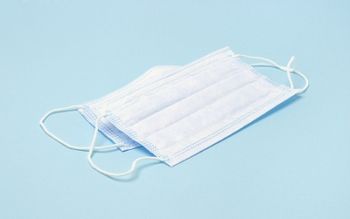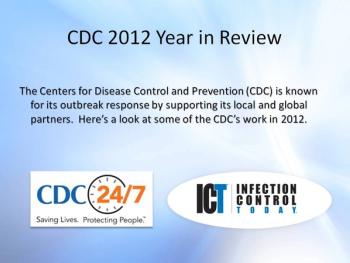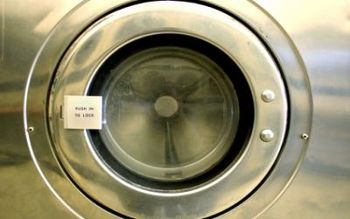
News















SCA, the makers of the Tork® brand of away-from-home paper products announces highlights from the third annual Tork Report, a comprehensive look at sustainability issues and hygiene practices among North American businesses and consumers. The 2012 Tork Report, "The Sustainability Gap," highlights areas where companies have made progress in improving sustainability goals but also identifies trends that have taken a step backward. The survey was conducted online by Harris Interactive among 1,015 U.S. and 555 Canadian business professionals and 2,114 U.S. adults age 18 and over.



Infection Control Today spoke with Cindy Molko, CLLM, RLLD, director of linen and central services at Mayo Clinic - Saint Mary's Hospital in Rochester, Minn. about key issues facing laundry and central sterile professionals related to infection prevention.











